Manipal: Poverty, inequality still a challenge, says FM
Bellevision Media Network
- Pranab Mukherjee inaugurates seminar on ‘Asian Century’ in Manipal
Manipal, 26 May 2012: Poverty and inequality with their associated ills continue to be the single most common challenge, said Union Finance Minister Pranab Mukherjee.
He was delivering the inaugural address on “Twenty first century as the Asian Century: Role of India and China” organised by Manipal Centre for Asian Studies, Manipal University at Hotel Valley View here on Saturday.
There are several challenges that we have to face and major one is to devise ways in which the fruits of high growth can benefit the poorest of the poor. The GDP growth in many countries must be accompanied by measures aimed at fulfilling the aspirations of a young population just as social security compulsions would assume prominence in aging societies, he said.
“We need to ensure adequate investment and utilisation of funds in sectors like health education and skill development that are crucial for human capital build up. We need to create opportunities so that there is a broad based stake created in the growth process.
Successful models of financial inclusion need to be replicated to address the economic well being of the disadvantaged. Most importantly, governance structures in Asia need to evolve to address these requirements, he added.
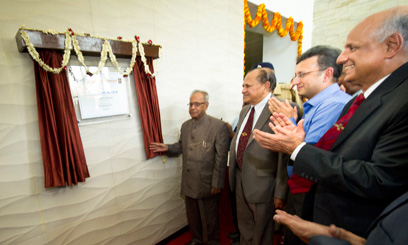
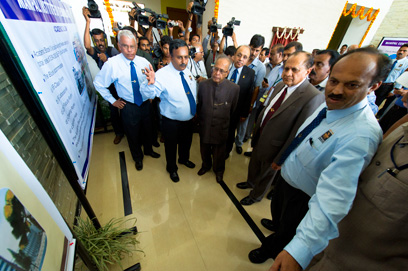
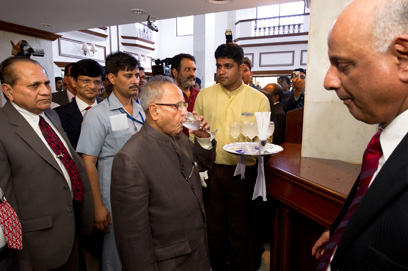
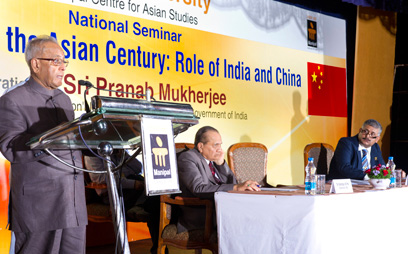
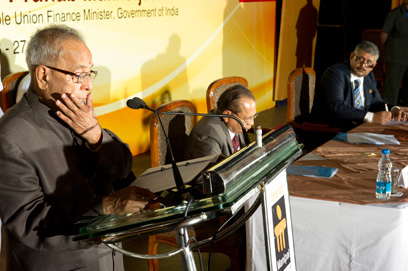
Stating that resolution of long sanding political conflicts, managing urbanisation, addressing climate change issues and containing the adverse affects of a rapidly deteriorating natural environment that is facing pressure from burgeoning populations are some of the other emerging challenges that confront many of us in Asia, the Finance Minister said lack of infrastructure and dearth of resources to finance large scale infrastructure initiatives stand in the way of inclusive growth in many economies including India.
Energy needs that are sure to grow as the benefits of growth get further dispersed are a major concern. Investment in renewable energies as well as in the technologies that make such sources of energy cost effective must therefore gain pace, he added.
Stressing over the fact that existing divide between developed and developing Asia must be bridged to make the 21st century an Asian century, Mukherjee said collaborative efforts are a must to tackle the above said issues that result in strengthening of cross country institution and delivery mechanisms within the countries where these are needed the most. Asian economies need to collectively think of channels of engagement with each other that create synergies directed at addressing common challenges, he said.
“We are 12 years into the new century and social, cultural and economic changes are witnessed world wide. These changes are significant, rapid, awe inspiring and sometimes even dislocated. In that context to infer how 21st century would unfold for Asia is not going to be easy. At one end of the spectrum are economies like Japan that have experienced sustained economic propensity and now find themselves in a phase of relatively sluggish economic growth. At the other end are the economies like China and India that are experiencing rapid growth even as the world is gripped with uncertainty and high volatile markets. China has already overtaken Japan as the world’s second largest economy,” he said.
Timely interventions helped most of the Asian economies including India to recover from 2008-09 global economic crises. Indian economy in particular recovered with an average growth of 8.4 per cent in the two years following the crisis. However, India’s growth in 2011-12 is estimated to have slowed down to 6.9 per cent, he said.
“We in India are witnessing unprecedented depreciation of the Rupee vis-à-vis the US Dollar with the current account deficit widening at around 4 per cent GDP even in such scenario, the IMF expects growth in Asia and pacific region to gain momentum in 2012 with growth projected at 6 per cent in 2012 and 6.5 percent in 2013. India’s policy measures are slowly gaining recognition as best practices in Asia and else where.
India’s banking sector is robust and export basket is increasingly getting diversified with developing countries being our largest export market,” he added.
Earlier, the Finance Minister inaugurated the Academic Block at Manipal Institute of Technology.
-Courtesy: DHNS & Udayavani.
 Write Comment |
Write Comment |  E-Mail To a Friend |
E-Mail To a Friend |
 Facebook |
Facebook |
 Twitter |
Twitter |
 Print
Print 



















